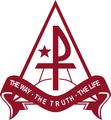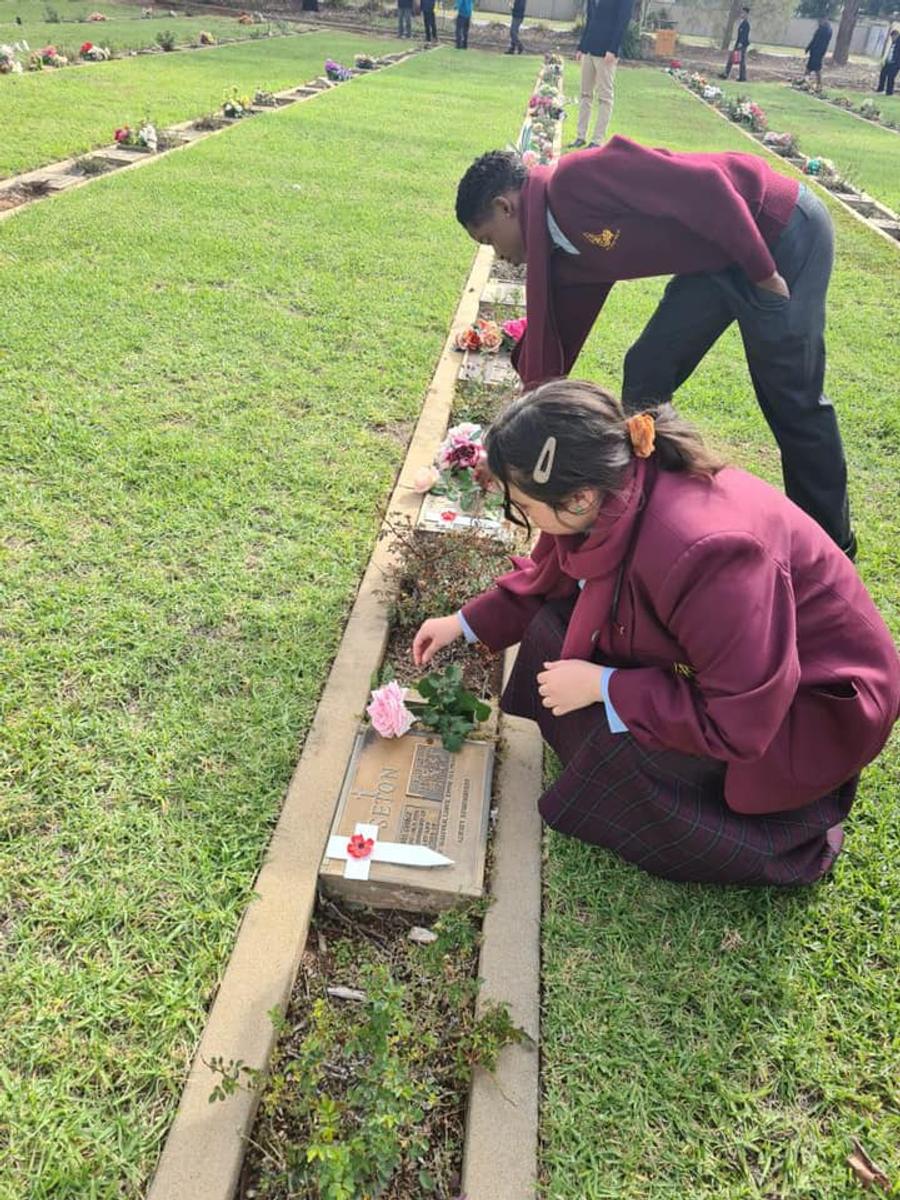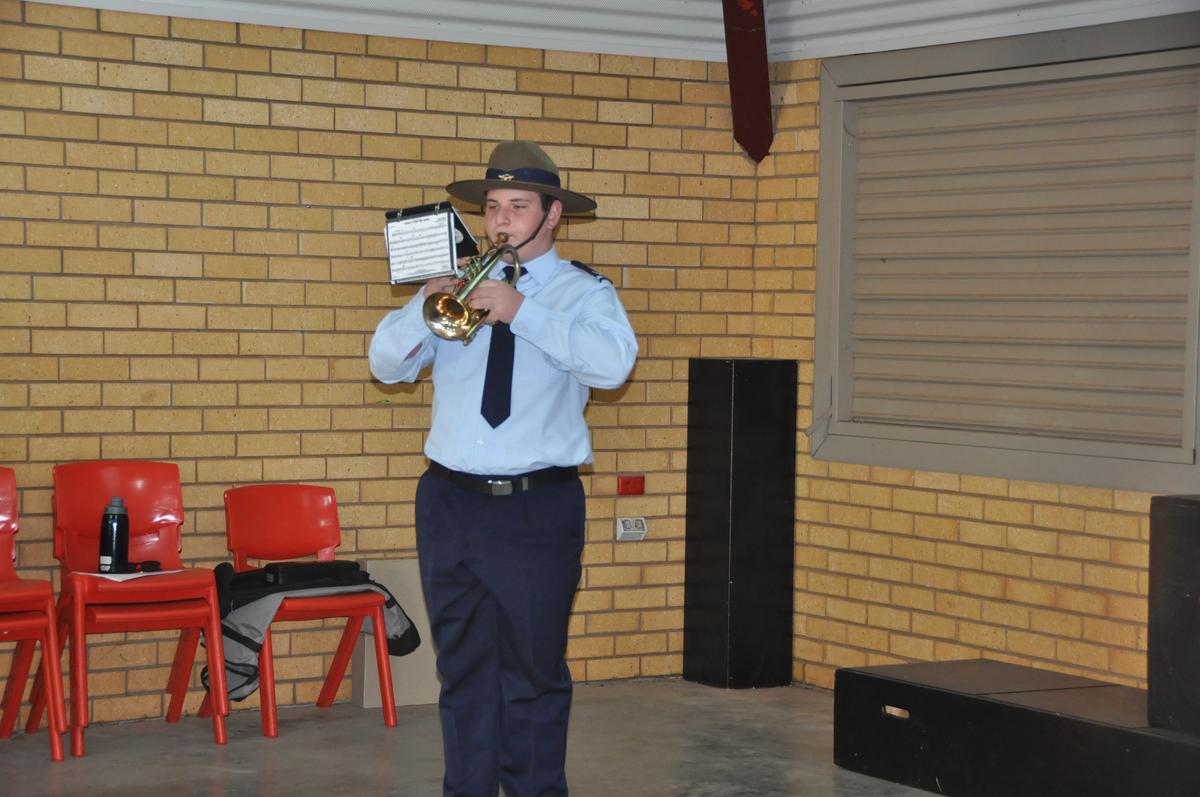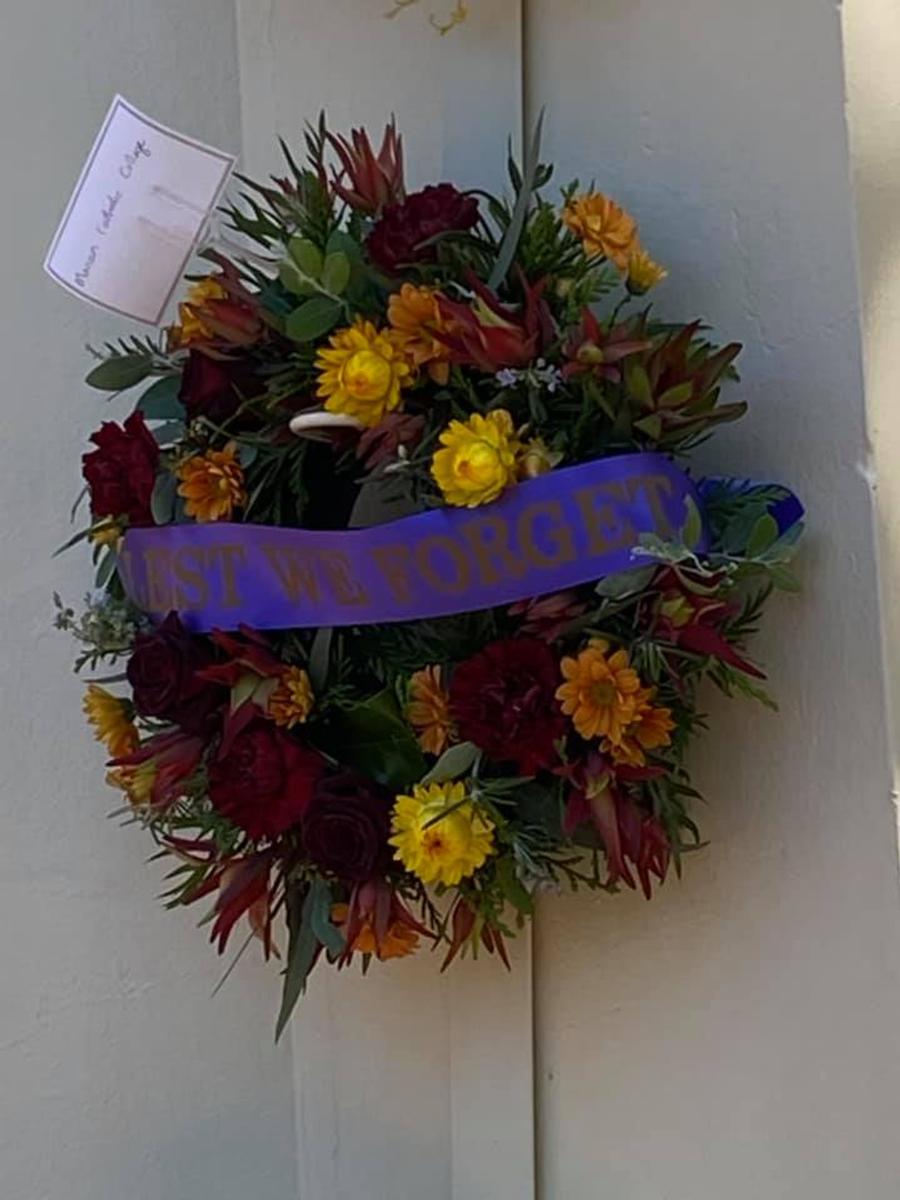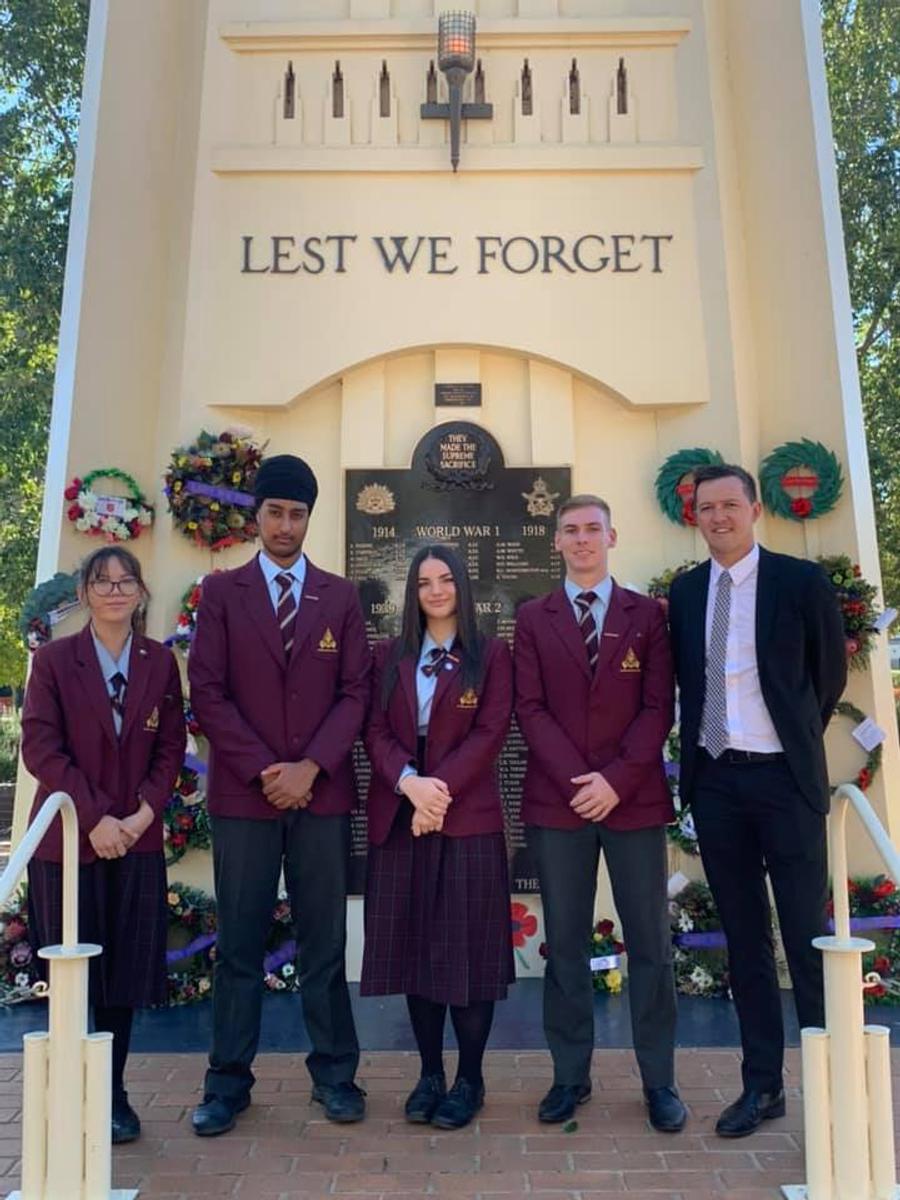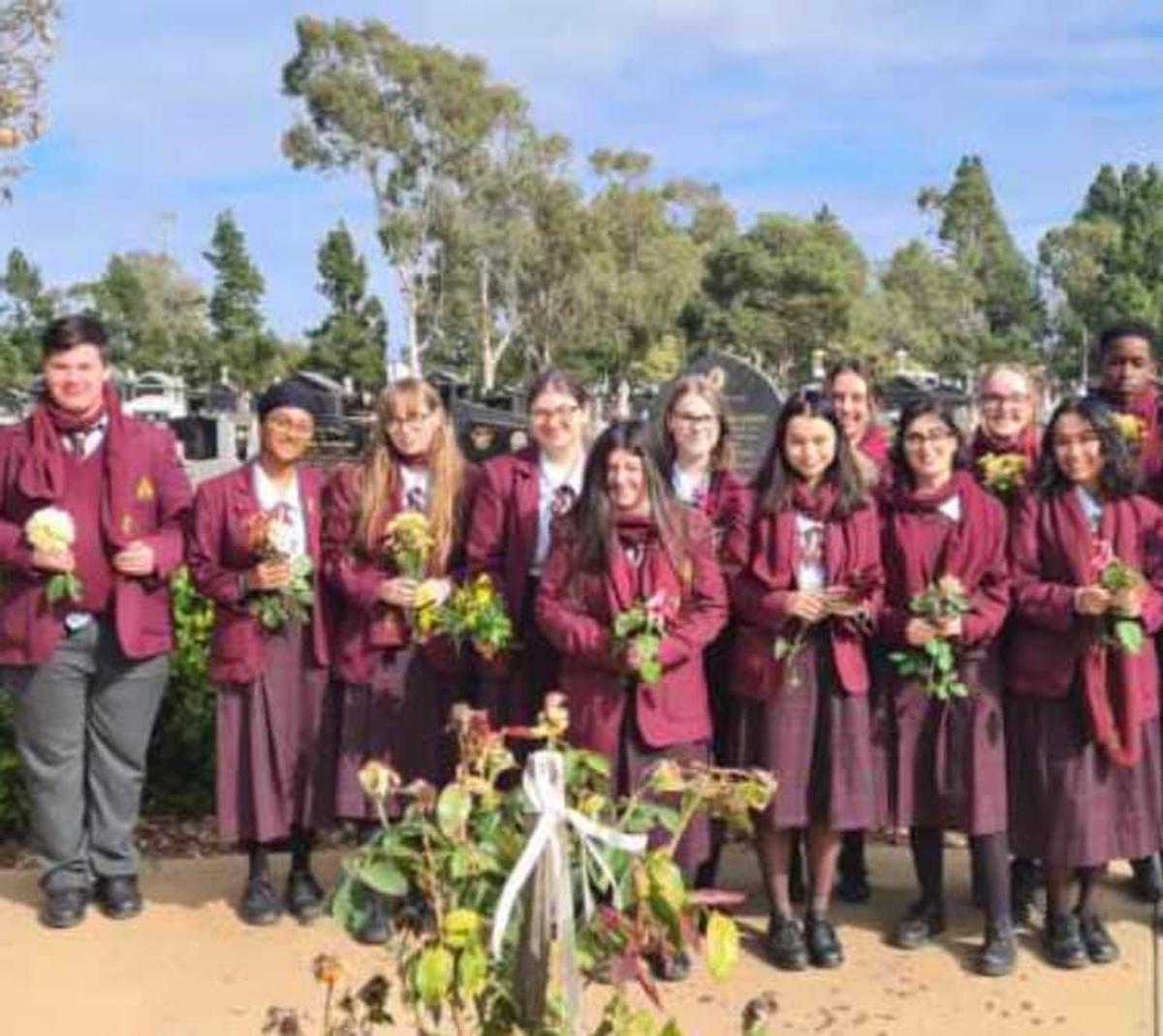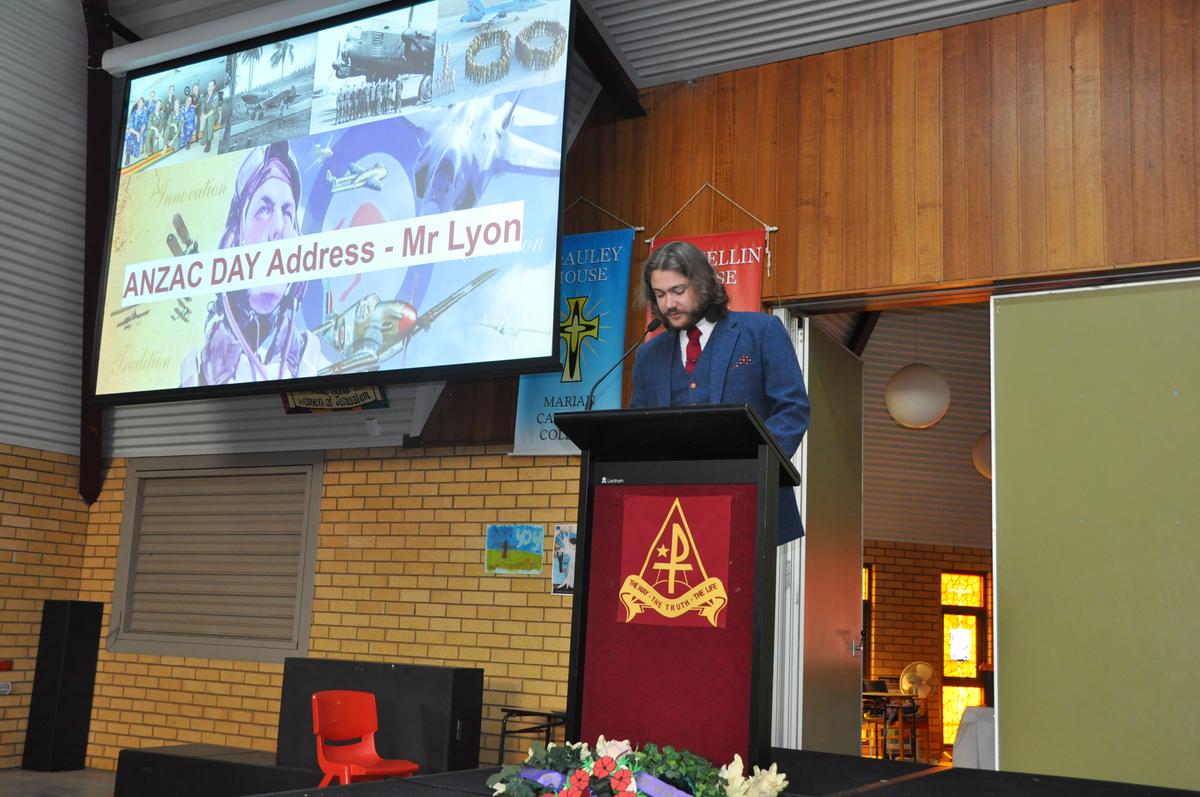Anzac Day News
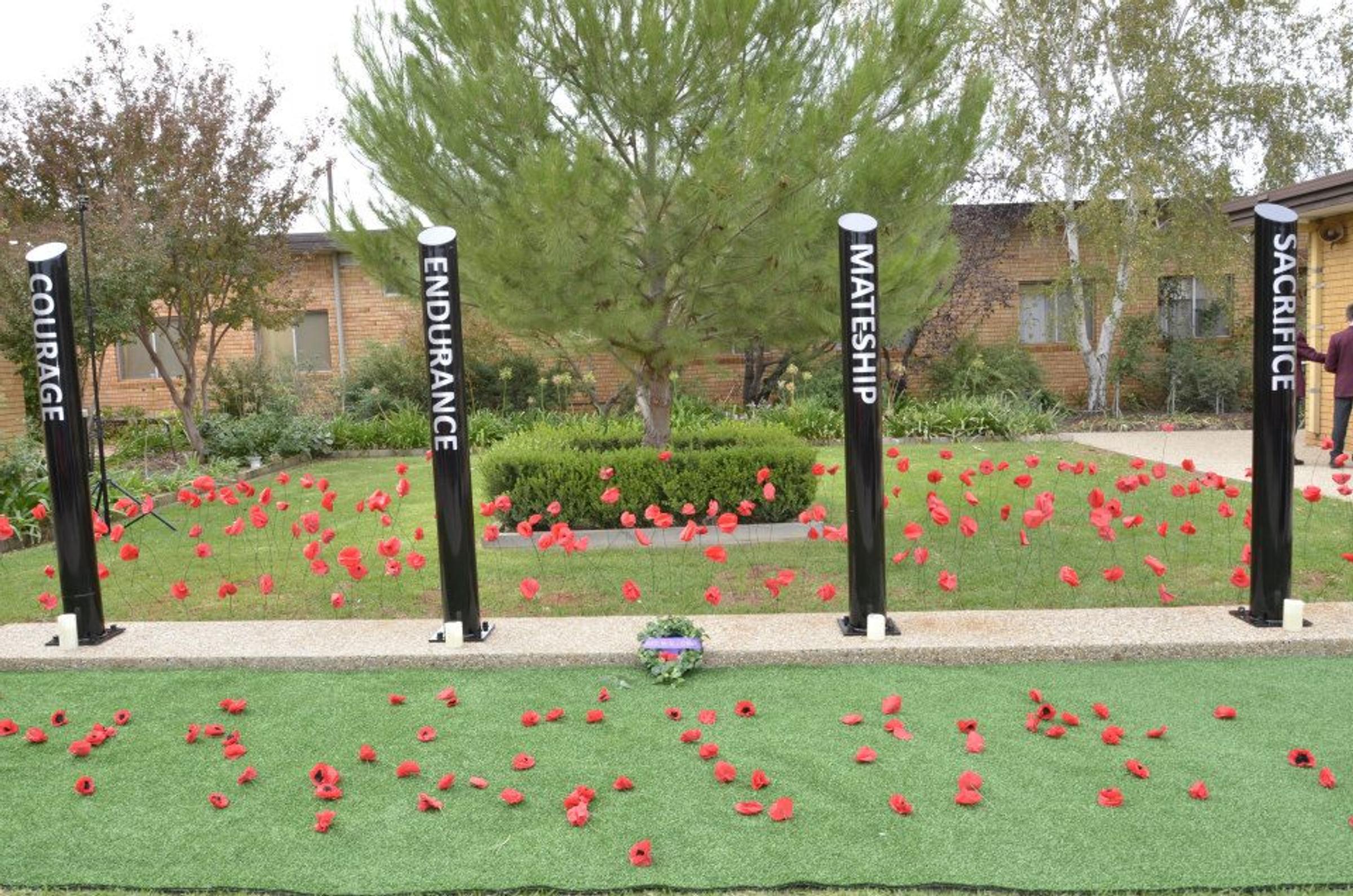
On Thursday the 22rd of April, Senior Marian Catholic College history students travelled to the Griffith cemetery and contributed to the placing of flowers on the graves of those Griffith locals who fought in the war. Students were given buckets of flowers and were advised to walk around and pay their respect to the hundreds of past veterans.
On Friday we then recognised the ANZACs with our annual College service. We gathered in the hall and took the time to reflect on those who fought for our country. We listened to our leader of HSIE, Mr Lyon who gave a rousing reflection of 100 years of the Royal Australian Air Force (RAAF). Mr Lyon addressed the College with factual information that really played on the emotions of our students. We thank Anthony Whelan, one of our Air Cadets who played the Last Post on bugle.
Service Prefects
Caelan Wong and Tegan Aloisi
ANZAC Day RAAF Speech by Will Lyon
Mr Le Brocque, staff and students we gather here today to commemorate the sacrifices of the courageous Men and Women who have given service in defence of our Nation. 2021 marks the centenary of the Royal Australian Air Force or RAAF for short.
Australian military aviation began in 1914 shortly before the First World War. when the Australian Flying Corps (AFC) Central Flying School at Point Cook admitted its first four pupils. By 1918 when the war ended, the AFC had four squadrons in the field and four training squadrons in England. The RAAF was created in the aftermath of the First World War from the AFC - originally a unit of the Army and served extensively and with merit alongside the British Royal Flying Corps (RFC) and the Royal Air Force (RAF) in 1918. Many veterans of the AFC would contribute to the formation of the RAAF in 1921.
Fast forward to World War 2: The RAAF had a significant role during the Second World War. Air and ground crews would serve in every theatre of the war: Europe, North Africa, Middle East, North Atlantic, Pacific, Mediterranean, India, Burma, Malaya, Singapore, Thailand, China, East Indies (Indonesia), New Guinea, Solomon Islands, Philippines and Borneo.
When you think of the Air force I am sure what springs to mind is fighter pilots and fighter aircraft speeding across the sky Top Gun style and to some extent this is true. However, what is often overlooked is the crucial role that ground crews play in the operation of aircraft, from the mechanics, to the fuelers and armourers the sheer amount of people needed to get a single aircraft airborne is astonishing and an amazing dance of teamwork.
The following is a story from Wing Commander John Watson of No. 3 Squadron on the vital role that the ground crew played in the war effort during the campaign in North Africa during WW2..
The comradeship and team spirit between each and every member of No.3 Squadron was always very real. The Squadron pulled together as a team, a magnificent team. When there was a job to be done, they went to it, irrespective of their particular trade. At times a superhuman effort from every member was called for, particularly from the ground personnel, who carried out their onerous tasks silently and cheerfully, often under the most shocking conditions. Every man was a cog in the machinery of the Squadron's organisation. While every job might not have been so apparent, yet if one man failed, the organisation would no longer run smoothly.
The RAAF grew significantly after the outbreak of World War 2 where for the first time in the nation’s history Australia was threatened by foreign invasion from Imperial Japan and by the height of the war in 1944 the RAAF had over 182,000 personnel and 6,200 aircraft - impressively the RAAF in 1945 was the fourth largest air force in the world (USA, USSR and UK 1st, 2nd and 3rd respectively). The RAAF would suffer during their time in combat with 9,870 personnel losing their lives - Over 55% of deaths occured in the bombing campaigns over Germany and Europe. Some 10,000 Australians served in the Royal Air Force - Bomber Command during the war with a focus on the bombing campaigns against Germany. This was a very hazardous job requiring large formations of bombers to fly in a straight level line to bomb German targets and cities whilst the defenders threw 100s of planes and 1000s of anti aircraft fire at the slow lumbering bombers. Although aircrew wore parachutes the bombers often exploded and escape became impossible. For those that managed to “Bail out” capture by the enemy forced them into horrible prisoner of war camps. A total of 75,446 aircrew were killed, wounded or captured out of a total of 125,000 aircrew in bomber command - 60%!
During the latter half of the 20th century and into the 21st century the RAAF has maintained its combat potency through combat operations in the Korean and Vietnam wars, in the Middle East (Iraq and Afghanistan) and in maritime surveillance, reconnaissance and intelligence flights alongside allied nations. but has also transitioned to a peacekeeping and humanitarian role around the world. The RAAF conducts these missions within the Asia Pacific region in places such as Bougainville, Cambodia, East Timor, Indonesia, Pakistan, Papua New Guinea and further afield in locations such as Somalia and Sudan.
The motto of the RAAF is Per Ardua ad Astra - through struggle to the stars this motto is shared with other Commonwealth countries and is testament to the mission and purpose of the RAAF. Additionally the RAAF is based in the values of:
- Service - The selflessness of character to place the security and interests of our nation and its people ahead of my own
- Courage - The strength of character to say and do the right thing, always, especially in the face of adversity
- Respect - The humanity of character to value others and treat them with dignity.
- Integrity - The consistency of character to align my thoughts, words and actions to do what is right.
- Excellence - The willingness of character to strive each day to be the best they can be, both professionally and personally.
The RAAF has played a central role in Australian military operations for more than a century. Its personnel have served in every war and conflict in which Australia has been involved since 1921, but its traditions and history go back to the AFC and the airfield at Point Cook on the eve of the Great War.
